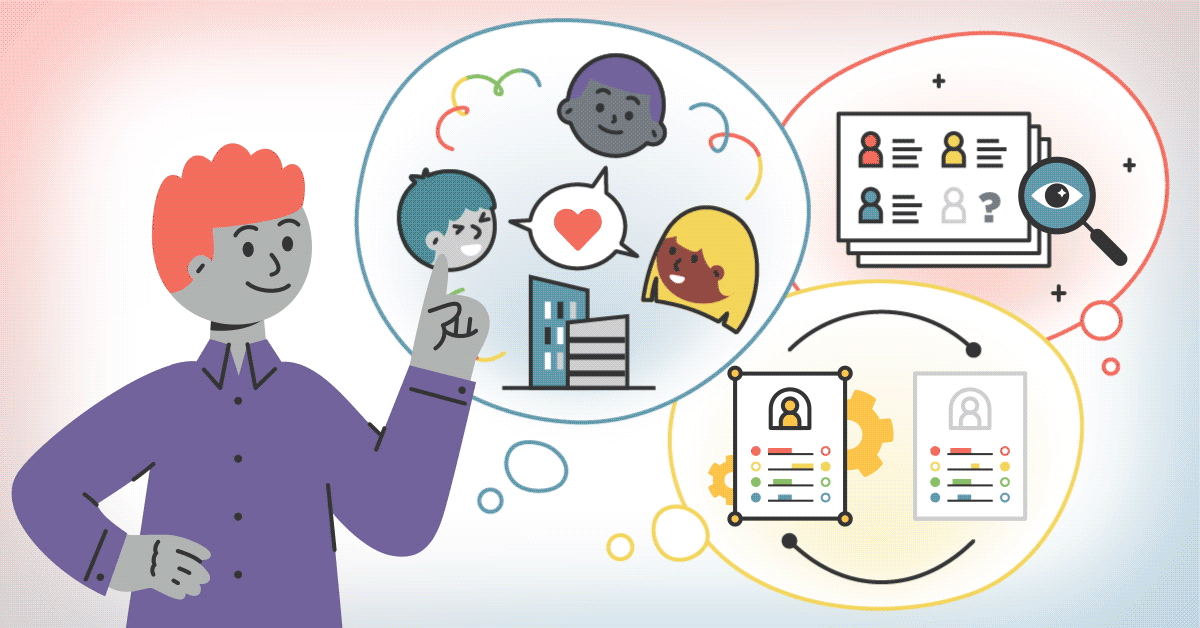5 Strategies Companies Must Follow to Satisfy Customers’ Needs
Don’t Just Assume You Know Your Customers’ Desires
I had the opportunity to meet with a prospective client a couple years ago about improving customer service.
Since our company has facilitated customer service training for other clients, I thought my proposal to our new client would be a piece of cake. Wrong.
In order to gather the information I need to begin a project with a new client, I ask a series of questions to determine the specific problem they want to fix.
Listening vs Talking
So, when I began asking questions about this client’s customers and what these customers were telling them, I was shocked at what I heard next.
Instead of hearing information about complaints and maybe even compliments from the customers, the client, ever so matter-of-factly, told me their customers were stupid and didn’t know what they wanted.
I then listened for another 10 minutes about how the customers were a real problem for the employees, because they complained a lot.
However, they complained about things that could not be changed or even improved by the company, so these complaints had not been addressed with the customers.
I suspected my client had never actually spoken with their customers.
Don't Just Assume You Know the Answers
When I met again with the client, I asked what I thought was a simple question, “How do you know all this?”
“We just know,” was the response. “This has been on-going for a long time, and what we need from you is employee training to help our employees deal with difficult situations and difficult people.”
There it was! They had no real data to support what they were telling me about their customers. In their minds, the problem was difficult customers — and employees who didn’t know how to deal with them.
But I knew this was not the real issue. What I learned from this conversation was that I wasn’t getting the answers I needed from my client, because the client didn’t have the information they needed — and had never asked!
So, rather than give them a proposal that addressed communication issues and how to deal with difficult people — what they thought they needed — our proposal included five key elements for effectively addressing their need for better customer relations.
Five Steps to Best Serve Your Customers
These five steps can be used by any organization facing confusion about how to best serve their customers.
Talk to customers
Develop a list of five to 10 open-ended and multiple choice questions designed to elicit information from customers about how they perceive your organization and the level of service you deliver. These interviews can be conducted one-on-one with customers over the phone, or in small focus groups of five to 10 people.
Listen to employees
While organizations might think customer service challenges are only about the customers, they are often surprised to learn the employees who work with customers have some valuable ideas about customer service.
Developing a confidential, anonymous survey that employees take electronically can be a game changer. Because it’s anonymous, employees who might not feel comfortable talking with managers open up with their observations, challenges and even suggestions.
The results of an employee survey often reveal that customers and employees are more on the same page than management ever imagined.
Address the real issues
Armed with solid, realistic information from both customers and employees, company leaders can begin to address the real problems they’re facing to deliver quality customer service. They may begin to develop processes and procedures that will ensure outstanding service.
They may find that additional training is needed for employees. They may also find creative and productive ways to create on-going communication with customers.
Reality check with customers
Although it may seem like the hard work is over, it’s crucial that companies continue to gauge customer satisfaction, either through one-on-one conversations, focus groups, hand-written questionnaires, or a confidential electronic survey.
Develop on-going processes for working with customers
As the pieces of the customer service puzzle start to fall into place, and the company has a clearer understanding of what its customers and employees need to deliver outstanding service, it’s crucial to invest the time into developing a plan that will ensure continuing high levels of service.
Without formal policies, procedures, and processes to support the commitment to service, the company might find itself falling back into old practices by ignoring its customers’ needs and desires.
Topics:
Business Strategies
Beth Thomas
Beth Thomas is Vice President – Training of Blue Gill Consulting Group. She joined the company after a varied and successful career as an international corporate trainer and career management consultant. Thomas helps clients gain stronger self-knowledge in order to grow in their current jobs, or transition into a new career. In addition, she assists clients with organizational development by identifying specific areas of growth potential.

/TTISI%20Blog%20-%20showcase%20your%20business%20%20expertise_%20a%20collection%20%20of%20case%20studies.png?width=374&name=TTISI%20Blog%20-%20showcase%20your%20business%20%20expertise_%20a%20collection%20%20of%20case%20studies.png)

/How%20to%20spot%20certain%20behavioral%20styles%20through%20casual%20observation.png?width=374&name=How%20to%20spot%20certain%20behavioral%20styles%20through%20casual%20observation.png)
0 Comments